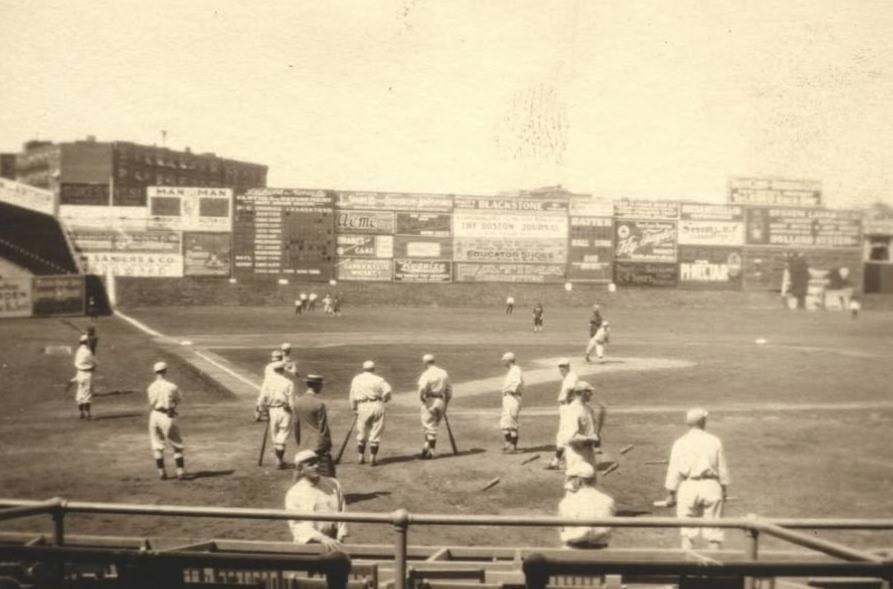Five things you didn’t know about Fenway Park
A couple million fans flock to Fenway Park each and every year to see the Red Sox play. But with a landmark like this ballpark, the walls hold many secrets. Here are just five of the many things you didn’t know about Fenway Park.
1. Used To Be A Dump
It cost $650,000 to build in Fenway Park in 1912. In comparison, John Henry and Co. have spent $140 million since 2002 to upgrade the facilities and add a few thousand seats, transforming the old ballpark into a much more fan-friendly venue. Oh, and in reference to the sub-headline, the ballpark was built on top of an old dump.
2. The Cliff Monster
Until 1933, there was a 10-foot incline in front of the then 25-foot wall in left field wall at Fenway Park, known as “Duffy’s Cliff.” It was named after outfielder Duffy Lewis, who mastered the 15-degree incline. “Duffy’s Cliff” served two purposes: It was a support for the wall in left, and was to compensate for the difference in grades between the field and Lansdowne Street. In 1934, the wall, which was originally made of wood, was covered in tin and concrete and the famous scoreboard was added. The Green Monster was not actually painted green until 1947. The wall was covered in hard plastic in 1976.
3. Ground Rules
Fans see plenty of ground rule doubles when the ball bounces over the right or center field wall at Fenway Park. But there are actually two spots on the Green Monster that can produce that call as well. Thirteen feet off the ground is a ladder that used to be used to retrieve home run balls from up top of the monster (before seats were installed). If a ball that gets stuck in the ladder, it’s a ground-rule double. Fenway has the only ladder in play in the majors. There are also open holes in the scoreboard when scorers are replacing numbers. Any ball hit through the scoreboard, on the fly or on a bounce, is a ground-rule double.
4. The Bullpen Move
The bullpens used to be in fair territory near the foul lines before being moved to right center field in 1940. Many say the bullpens were moved to help Ted Williams’ home run numbers. The addition of the bullpens reduced the distance from home plate to 23 feet, and became known as “Williamsburg.” Williams has the most career home runs at Fenway, clubbing 248 of his 521 career home runs at Fenway Park. Most Sox fans know about the single red seat in right field; section 42, row 37, seat 21. It marks a 502-foot home run hit by Ted Williams in 1946, the longest one hit in Fenway history.
5. Rising Ticket Prices
A grandstand ticket to the 1967 World Series was $8. (Thanks to Jack Flaherty for providing a photo of the ticket stub) A grandstand ticket to this year’s World Series will cost you $250 at the box office before fees
http://boston.cbslocal.com/top-lists/5-things-you-didnt-know-about-fenway-park/


